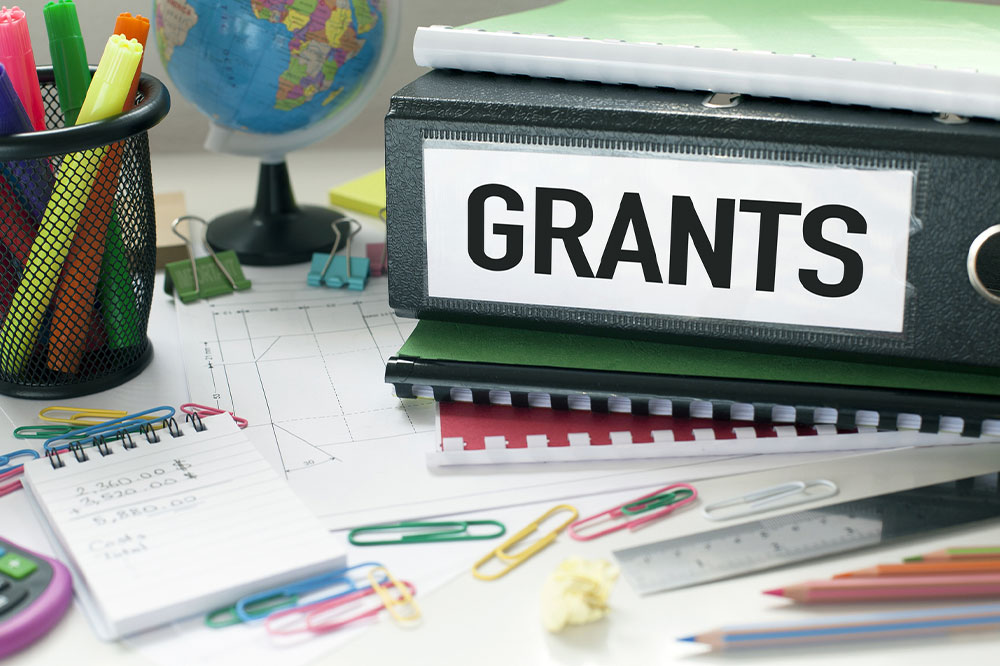Comprehensive Guide to Government Financial Assistance for Bill Payments and Essential Expenses
This comprehensive guide explores critical government assistance programs designed to help individuals and families manage essential expenses. From utility bills and housing costs to educational grants, learn how to access these resources effectively. Policies are designed to support low-income households, providing vital financial relief through grants, vouchers, and loans. Understand eligibility criteria, application procedures, and the types of aid available to ensure you get the help you need during challenging times. Empower yourself with knowledge about government support for bill payments and essential expenses.

Understanding Government Support Programs to Ease Financial Burdens
Managing everyday expenses can be a significant challenge for many individuals and families facing financial hardships. From unpaid utility bills to urgent housing costs, these financial pressures can accumulate quickly, leading to stressful situations and potential crises. Fortunately, government agencies at various levels offer a range of support programs designed to provide relief and assistance to those most in need. These programs include grants, vouchers, and other forms of aid aimed at helping low-income households stay afloat and maintain stability in their lives. In this comprehensive guide, we explore the key government initiatives available, how they operate, and the steps necessary to access these critical resources effectively.
Do government grants assist with bill payments?
Absolutely. Many government grants are specifically tailored to help low-income individuals and families cover essential expenses, including utility bills, housing costs, and more. Federal funding streams are often distributed through state and local agencies, community organizations, or direct programs to ensure aid reaches those who need it most. These grants are designed to provide temporary financial relief, prevent homelessness, and support overall well-being.
Eligibility requirements for these programs are typically strict, aiming to ensure fair distribution and effective use of available funds. Applicants must meet specific income thresholds and provide documentation to verify their financial situation. The process involves careful application procedures through designated government portals or local agencies to facilitate transparent and efficient distribution of aid.
Major Government Assistance Programs for Bill Payments and Essential Needs:
Food Security Initiatives: Programs such as Supplemental Nutrition Assistance Program (SNAP), D-SNAP, and Women, Infants, and Children (WIC) provide vital nutritional support to low-income families, pregnant women, infants, and senior citizens. Many school districts also offer subsidized meals to children, and additional food aid is available for the elderly to help combat food insecurity.
Housing Support Services: Assistance in preventing eviction, covering emergency housing costs, and avoiding foreclosure is provided through a variety of federal, state, and local programs. Campaigns include eviction protections, foreclosure counseling under the Making Home Affordable initiative, and rental vouchers such as Section 8. Veterans and active service members can access specialized housing support services tailored to their needs.
Homeownership Assistance: For those looking to buy a home but facing financial barriers, state programs offer down payment assistance, low-interest loans, and other resources. Disabled individuals under the age of 62 may also qualify for NED (Non-Elderly Disabled) vouchers to facilitate affordable housing options.
Utility and Home Improvement Aid: The Low Income Home Energy Assistance Program (LIHEAP) provides crucial support for paying heating and cooling bills, weatherization projects, and emergency energy costs during extreme weather conditions. Additionally, the Weatherization Assistance Program (WAP) funds energy-efficient upgrades, ensuring lower utility bills and more comfortable living environments for low-income households.
Educational Grants and Support: Students facing financial challenges can access federal grants like the Pell Grant to help cover college tuition and related expenses. These grants aim to broaden access to higher education for low-income students, reducing the financial barriers to completing a degree.
Additional Assistance and Support Services: Programs such as Lifeline provide discounted communication services like phone and internet to qualifying low-income households. The Temporary Assistance for Needy Families (TANF) program offers broad financial aid, including child care support, work incentives, and tax credits to promote economic mobility and stability.
How to Apply for Government-Funded Bill Assistance Programs: To access these resources, applicants must meet specific eligibility criteria and provide relevant documentation to verify their income and financial need. Applications are typically submitted through official government portals, such as GovLoans.gov for loans, or via local agencies designated to administer these programs. Each program has its own application process, timelines, and requirements. It is essential to follow the instructions carefully and submit all necessary documentation to ensure a smooth application process.
In cases where loans are involved, such as VA, USDA, or FHA-backed loans, repayment terms and interest rates are structured to accommodate borrowers’ financial situations. These loans can support various needs, including education, housing, and disaster recovery, offering a vital lifeline during times of economic hardship.





